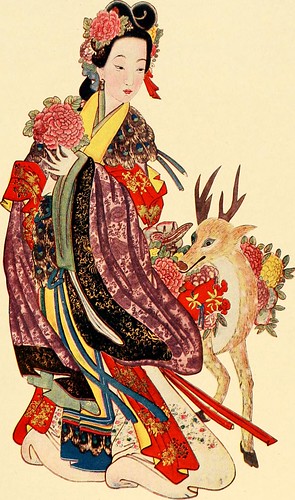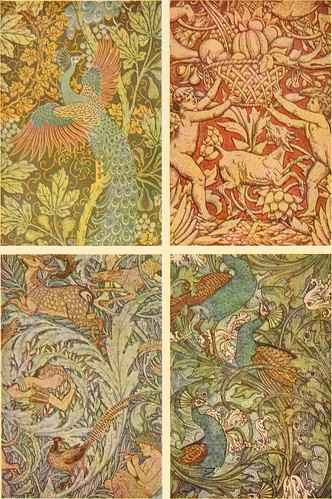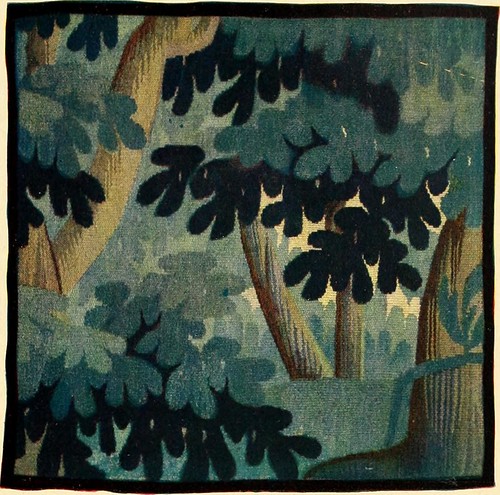Check out these fast tooling images:
Image from page 65 of “Decorative textiles an illustrated book on coverings for furniture, walls and floors, which includes damasks, brocades and velvets, tapestries, laces, embroideries, chintzes, cretones, drapery and furniture trimmings, wall papers, carpe

Image by Web Archive Book Pictures
Identifier: decorativetextil00hunt
Title: Decorative textiles an illustrated book on coverings for furniture, walls and floors, like damasks, brocades and velvets, tapestries, laces, embroideries, chintzes, cretones, drapery and furniture trimmings, wall papers, carpets and rugs, tooled and illuminated leathers
Year: 1918 (1910s)
Authors: Hunter, George Leland, 1867-1927
Subjects: Textile fabrics Textile design Lace and lace creating Embroidery Wallpaper Leatherwork Interior decoration Tapestry
Publisher: Philadelphia, London, J. B. Lippincott Company Grand Rapids, The Dean-Hicks Firm
Contributing Library: Wellesley College Library
Digitizing Sponsor: Wellesley College Library
View Book Page: Book Viewer
About This Book: Catalog Entry
View All Pictures: All Photos From Book
Click here to view book on the web to see this illustration in context in a browseable online version of this book.
Text Appearing Before Image:
, getting strictest in Moorish Spain. The exact same condition prevailed in Christian nations. Certainlythe creating of photos and photographs of persons and animals is pro-hibited definitely enough in the Jewish and Christian Ten Command-incuts, but sculpture and painting do not on that account suffergreatly in Christian nations, although animal types have beenbanished from most European woven fabrics (except tapestries).Protestant churches admit jjictures into stained glass only, and thatgrudgingly and typically with tiny art. Undoubtedly the religious prohibition had an important influencenot only in the iconoclastic movements of the Christian Empire of theEast and the West (the Byzantine Empire and that of Charlemagne)in the eighth century, but also in the jNIohammedan world at variousjjeriods. In addition, the religious influence against woven photos insilk was powerfully supplemented by other influences—by inability toweave figm-es that had been both representative and decorative by the 35
Text Appearing Right after Image:
Plate VI—Cope in Persian sixteenth century hriicMdeilvelvet, in the Metrn])oIitan Muscnm of Art
Note About Pictures
Please note that these photos are extracted from scanned web page pictures that may have been digitally enhanced for readability – coloration and look of these illustrations might not perfectly resemble the original function.
Image from web page 113 of “Decorative textiles an illustrated book on coverings for furnishings, walls and floors, which includes damasks, brocades and velvets, tapestries, laces, embroideries, chintzes, cretonnes, drapery and furniture trimmings, wall papers, vehicle
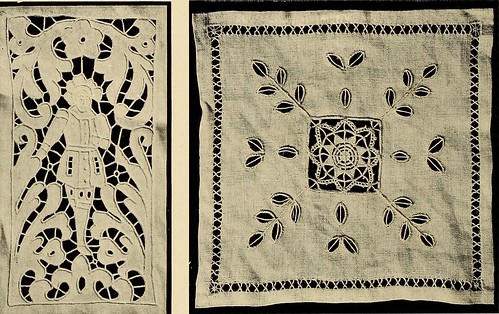
Image by Web Archive Book Photos
Identifier: decorativetextil1918hunt
Title: Decorative textiles an illustrated book on coverings for furnishings, walls and floors, which includes damasks, brocades and velvets, tapestries, laces, embroideries, chintzes, cretonnes, drapery and furnishings trimmings, wall papers, carpets and rugs, tooled and illuminated leathers
Year: 1918 (1910s)
Authors: Hunter, George Leland, 1867-1927
Subjects: Embroidery Tapestry Textile fabrics Lace and lace generating Wallpaper Decoration and ornament
Publisher: Philadelphia and London, J. B. Lippincott organization Grand Rapids, The Dean-Hicks business
Contributing Library: Sterling and Francine Clark Art Institute Library
Digitizing Sponsor: Federally funded with LSTA funds by way of the Massachusetts Board of Library Commissioners
View Book Web page: Book Viewer
About This Book: Catalog Entry
View All Pictures: All Pictures From Book
Click right here to view book on-line to see this illustration in context in a browseable on the internet version of this book.
Text Appearing Before Image:
1 jfSHBBF Plate III—Swiss brussels lace motifs for curtains
Text Appearing After Image:
Plate IV—On the proper, broderie anglaise (pierced function, which is the simplest type of reduce-operate) with reticella centre on the left, cutwork figure of man EXAMPLES OF Actual LACE MOTIFS 86
Note About Pictures
Please note that these photos are extracted from scanned page pictures that may possibly have been digitally enhanced for readability – coloration and look of these illustrations may not completely resemble the original perform.
Steel Coal Mining Shafts
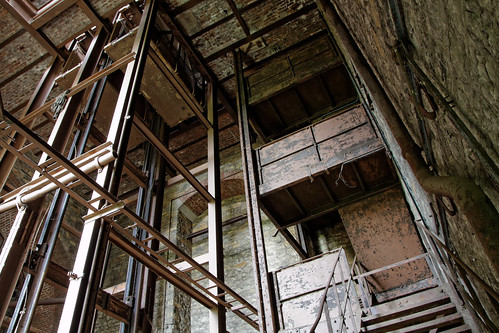
Image by tj.blackwell
Speedy advances in technology led to new production processes for Cheratte colliery, including the rising use of electrical power and improvement of new machine tools. Mine shafts suddenly started to plunge ever deeper into the subterranean globe, exploring new opporunities for profiteering that lay beneath.
(Post from rapid prototyping companies in china blog)




